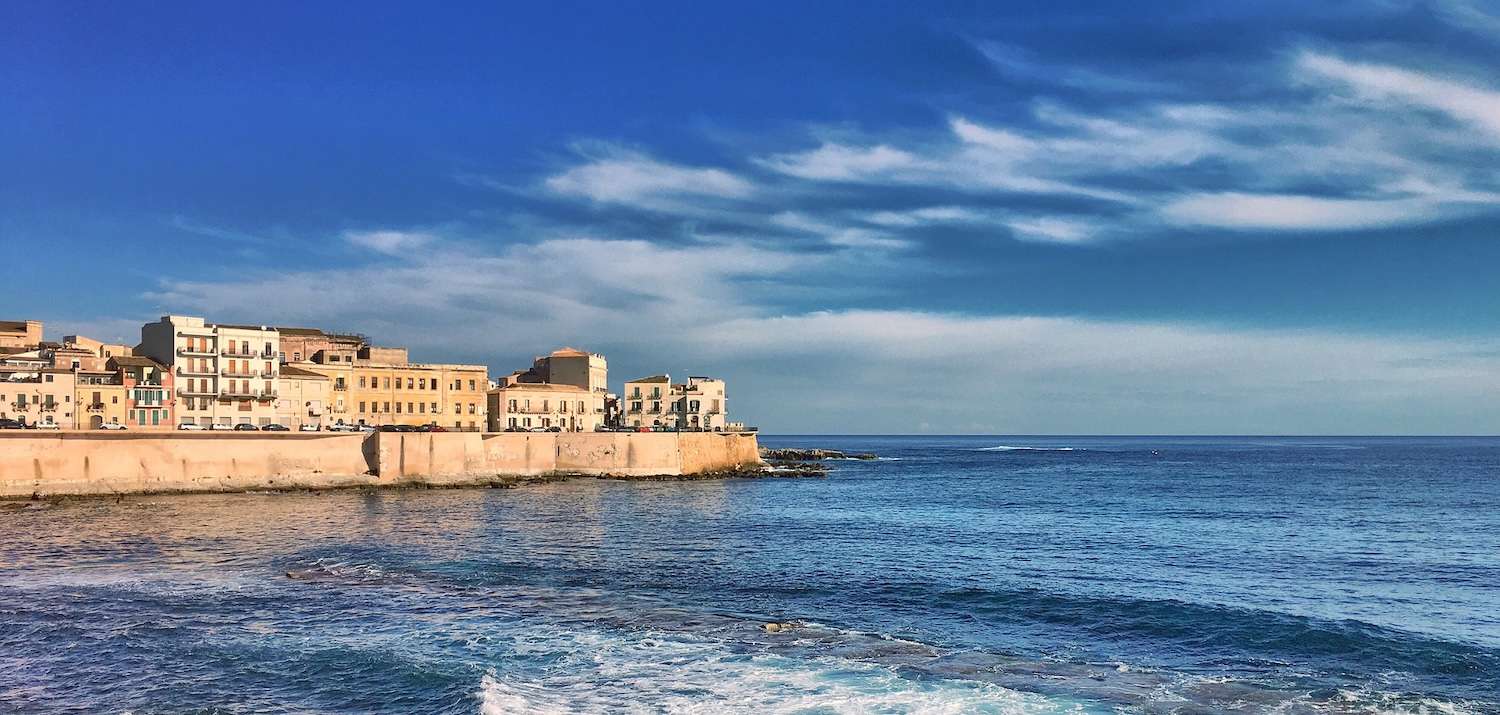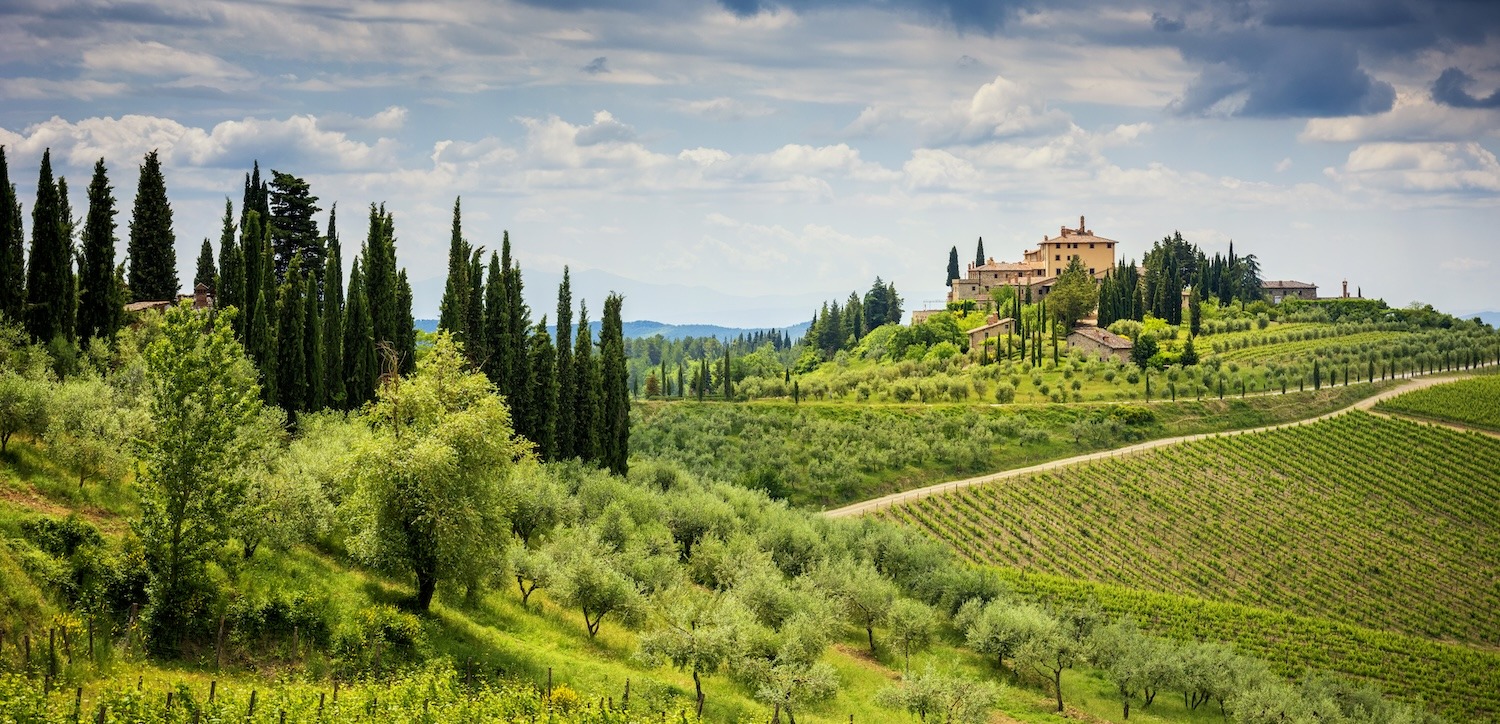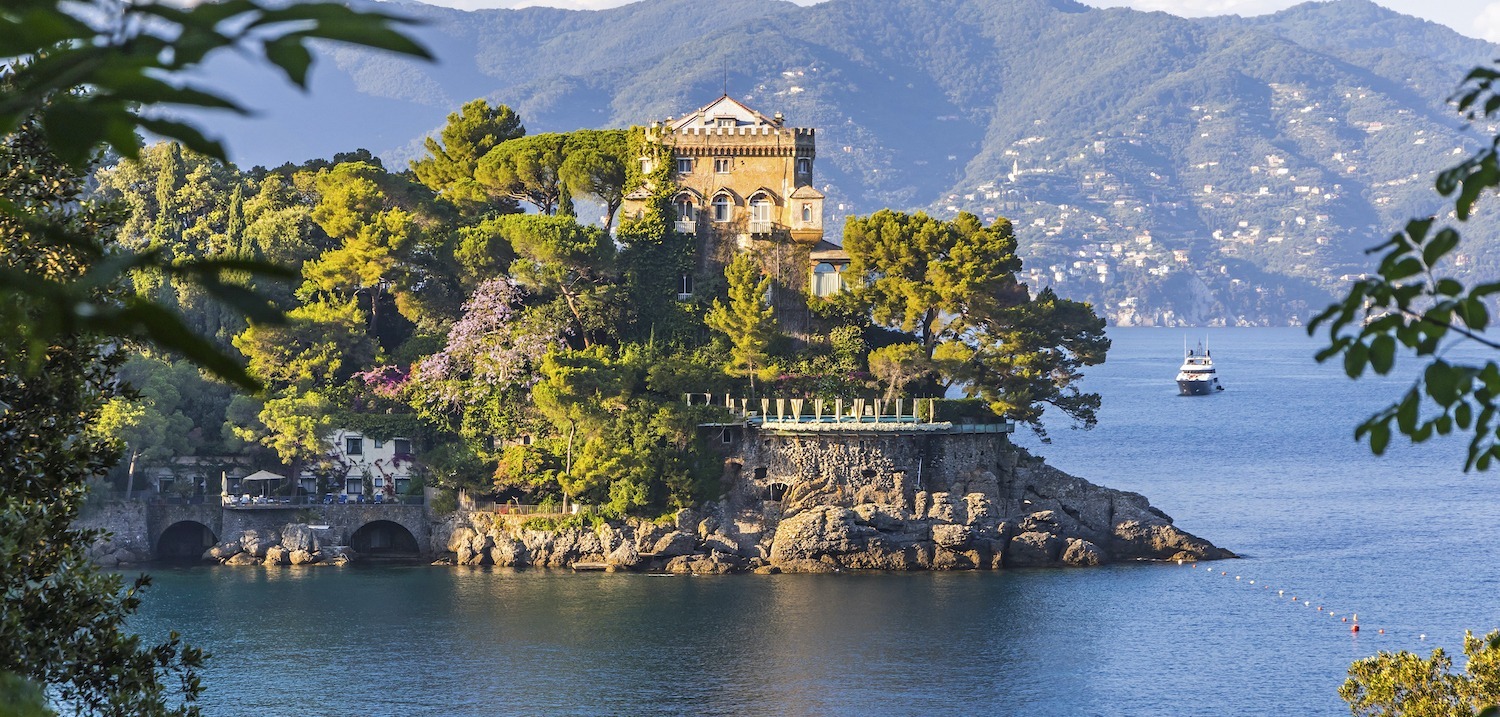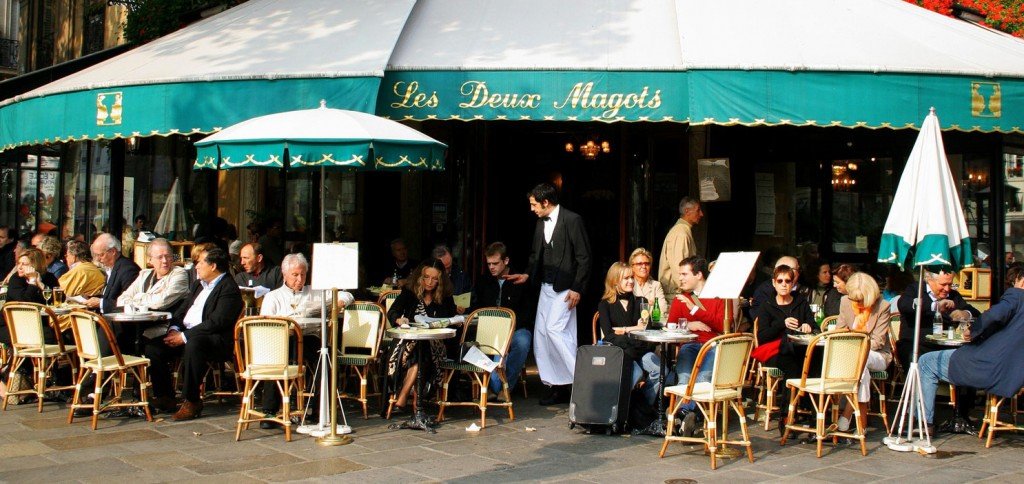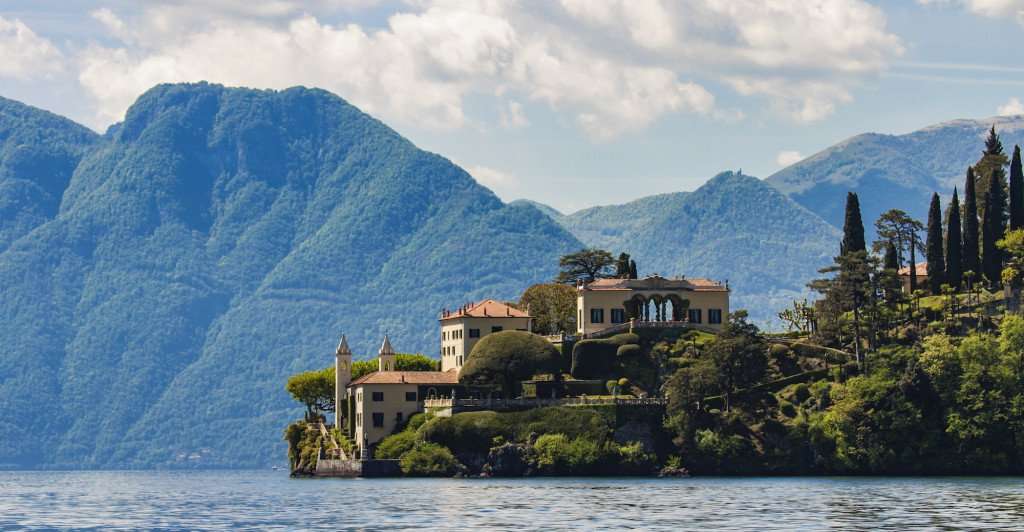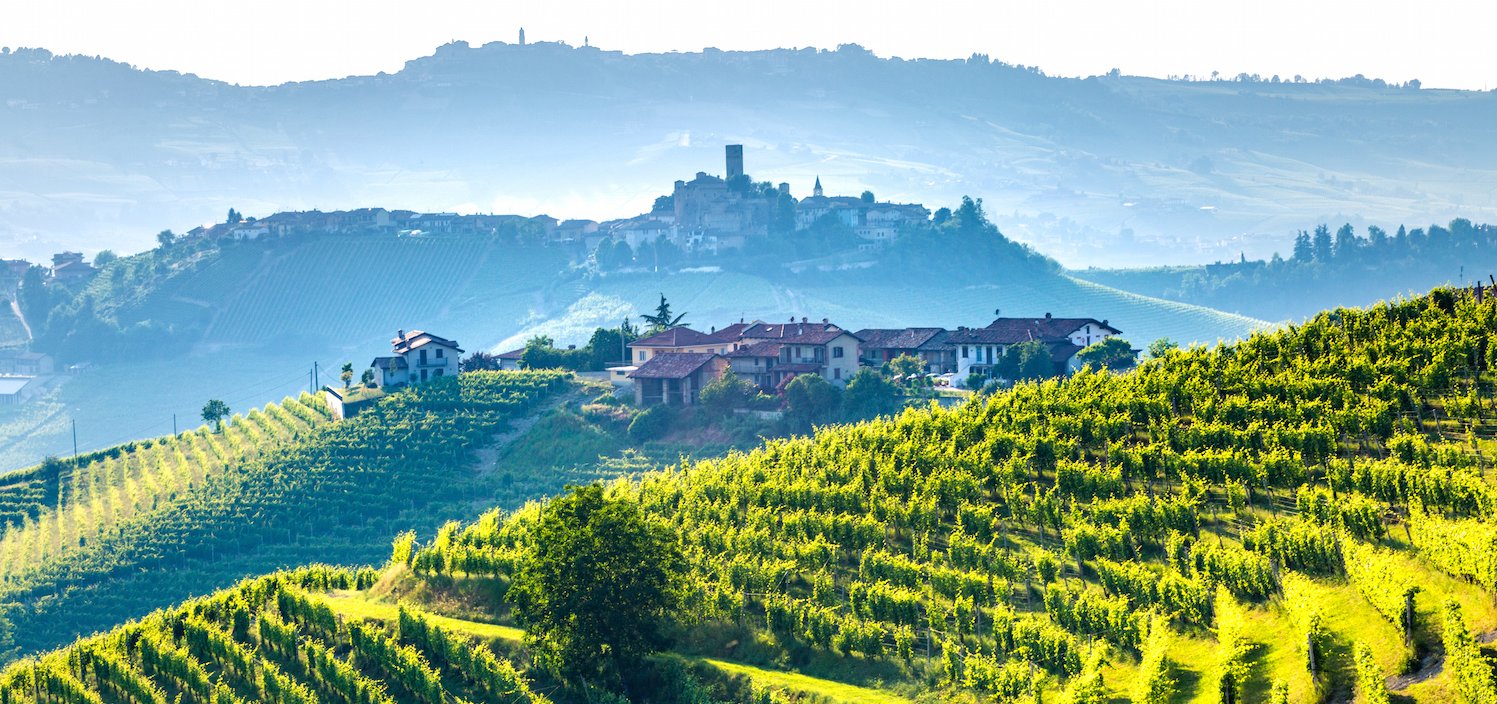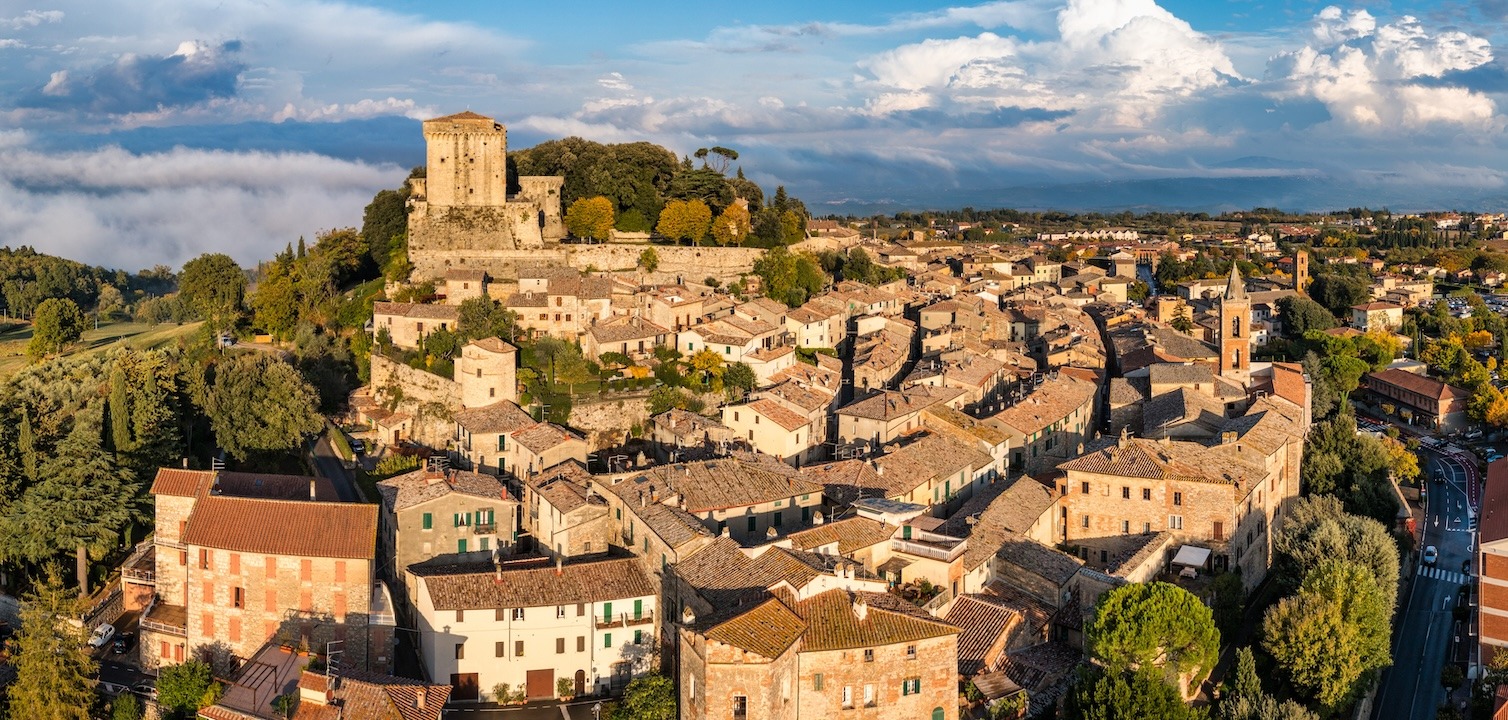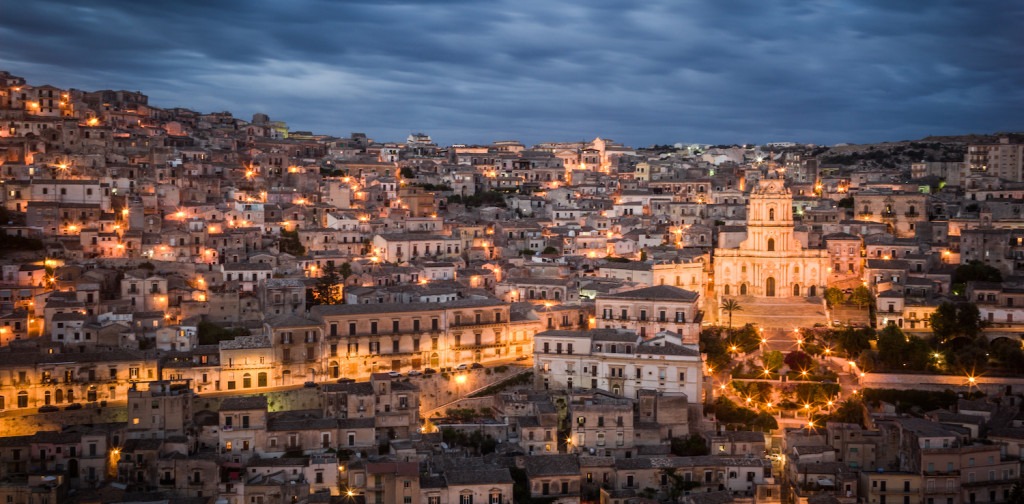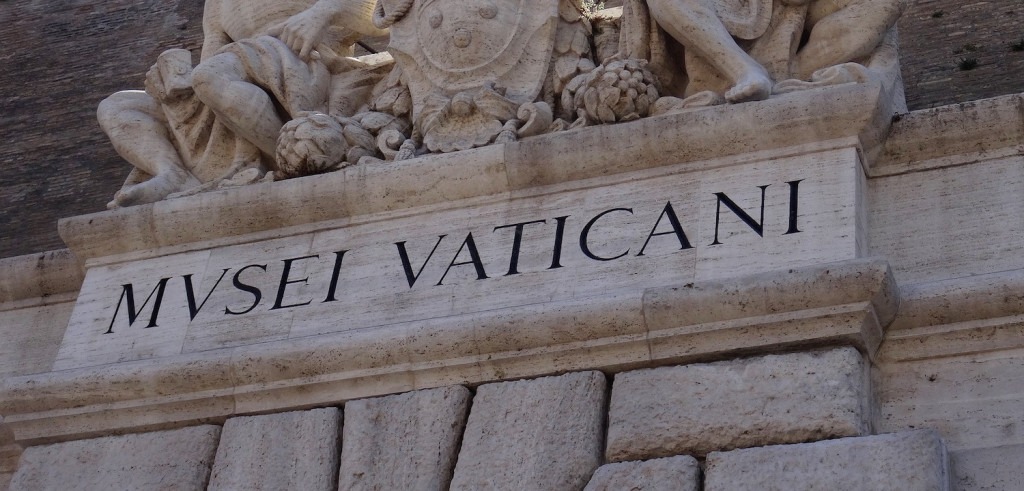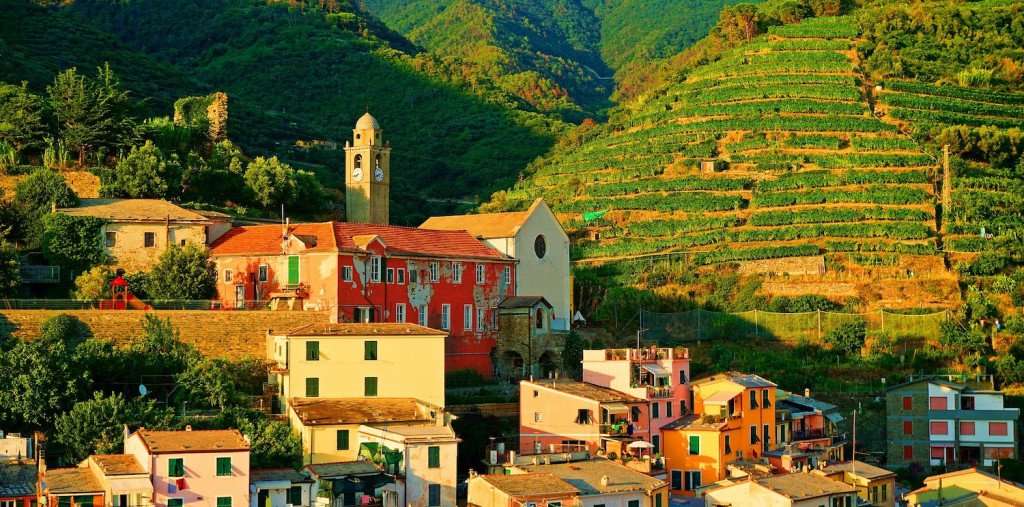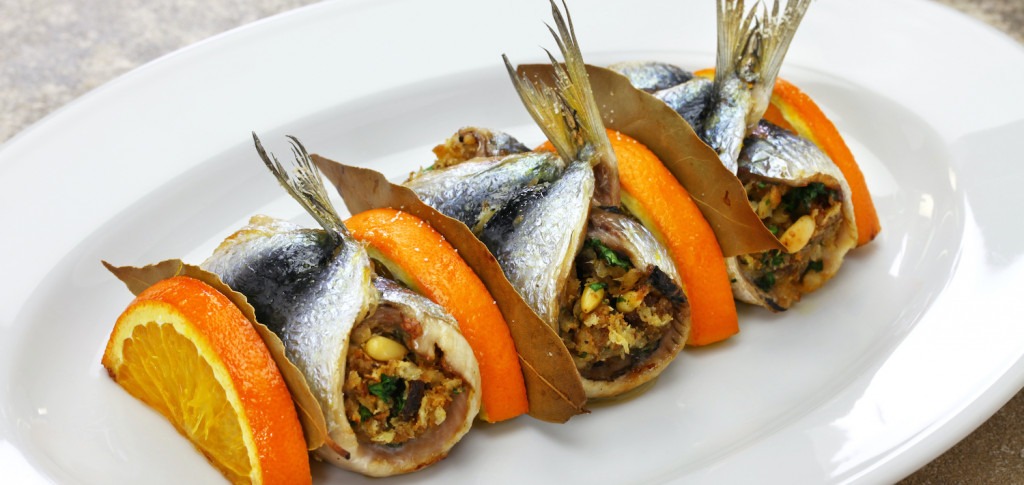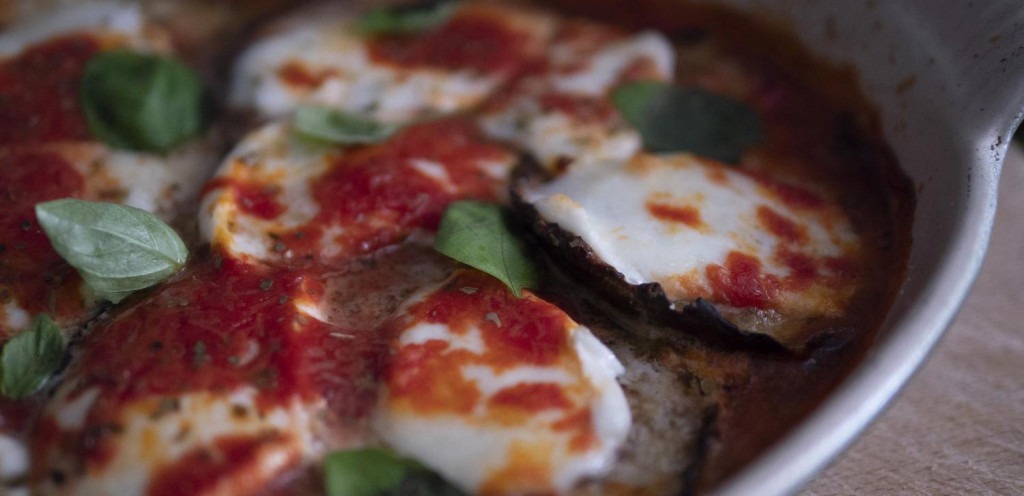
- The International Kitchen
- Blog
- Foodie Trips to Italy: A Guide to Italian Wine
Foodie Trips to Italy: A Guide to Italian Wine
-
-
 Nothing says foodie trip to Italy like a nice glass of Italian wine. More than pasta, prosciutto, parmigiano, and pizza, wine forms part and parcel of Italian life from the Southern shores of Sicily, Calabria, Puglia, to the northern environs of Piedmont, Friuli-Venezia Giulia and the Valle d’Aosta. Each Italian wine region that The International Kitchen visits on its culinary tours boasts its own varieties and terroir as distinct and protected as those of their French neighbors. And many families (most in the countryside) still make their own from grapes cultivated in small batches of available land in a tradition that goes back many centuries. Check out all our wine-themed tours. Italian wine production today is quite different than wine production of even a generation ago. Despite its long history of wine-making, until very recently Italian wines (with a few notable exceptions–one thinks of Amarone, Barolo, Barbaresco, Brunello, to name a few) were not considered among the top tier, certainly nothing to compare to their French neighbors. But the past generation of wine makers has changed that, earning wine in Italy a place among the best in the world.
Nothing says foodie trip to Italy like a nice glass of Italian wine. More than pasta, prosciutto, parmigiano, and pizza, wine forms part and parcel of Italian life from the Southern shores of Sicily, Calabria, Puglia, to the northern environs of Piedmont, Friuli-Venezia Giulia and the Valle d’Aosta. Each Italian wine region that The International Kitchen visits on its culinary tours boasts its own varieties and terroir as distinct and protected as those of their French neighbors. And many families (most in the countryside) still make their own from grapes cultivated in small batches of available land in a tradition that goes back many centuries. Check out all our wine-themed tours. Italian wine production today is quite different than wine production of even a generation ago. Despite its long history of wine-making, until very recently Italian wines (with a few notable exceptions–one thinks of Amarone, Barolo, Barbaresco, Brunello, to name a few) were not considered among the top tier, certainly nothing to compare to their French neighbors. But the past generation of wine makers has changed that, earning wine in Italy a place among the best in the world.
Choosing an Italian Wine
How to decipher which Italian wines are best? Certainly when trying to understand the Italian wine scene it helps to make sense of the classification system, even if it bears underscoring that the classification is not a guarantee of quality, only of location and production. Discover all our Tuscany cooking vacations. The most known of the classifications of wine in Italy are DOC (Demominazione di origine controllata) and the even more prized DOCG (Denominazione di origine controllata e garantita), labels that testify to the wine’s authenticity (made of certain grapes in a certain geographical area) and promote it as a specific (commercial) product. Some have argued that, as with the French appellation contrôlée, the stringency of the rules means that a remarkable wine might be classified as a lesser wine simply because it uses a variety of grape not recognized for the DOC label for that region. There is little incentive to be innovative in wine production if it means your wine might carry a lower classification, which translates to a lesser reputation and price.  Another critique of the DOC and DOCG labels is that they are a detriment to smaller vineyards that adhere to age-old techniques that are not approved by current laws (techniques that determine, for example, whether stainless steel and plastics must be used instead of wood and other natural products). Still, there can be no doubt that the DOC mark aids the wine connoisseur, foreign and domestic, in understanding exactly what has gone into making the wine in question, and where. Wine in Italy is meant to be enjoyed with food, and enjoyed it is, as Italians drink more wine per capita than almost anywhere in the world, and most of them drink wine made locally.
Another critique of the DOC and DOCG labels is that they are a detriment to smaller vineyards that adhere to age-old techniques that are not approved by current laws (techniques that determine, for example, whether stainless steel and plastics must be used instead of wood and other natural products). Still, there can be no doubt that the DOC mark aids the wine connoisseur, foreign and domestic, in understanding exactly what has gone into making the wine in question, and where. Wine in Italy is meant to be enjoyed with food, and enjoyed it is, as Italians drink more wine per capita than almost anywhere in the world, and most of them drink wine made locally.
Sign up to Receive Our Newsletter
As well as travel tips, promotions, and information on our best cooking vacations.
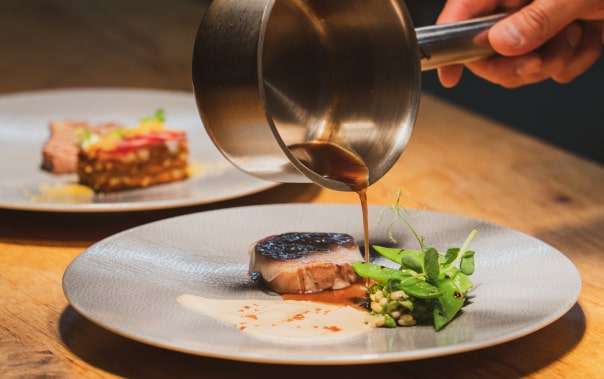
blog
Related Blog Posts
recipes

